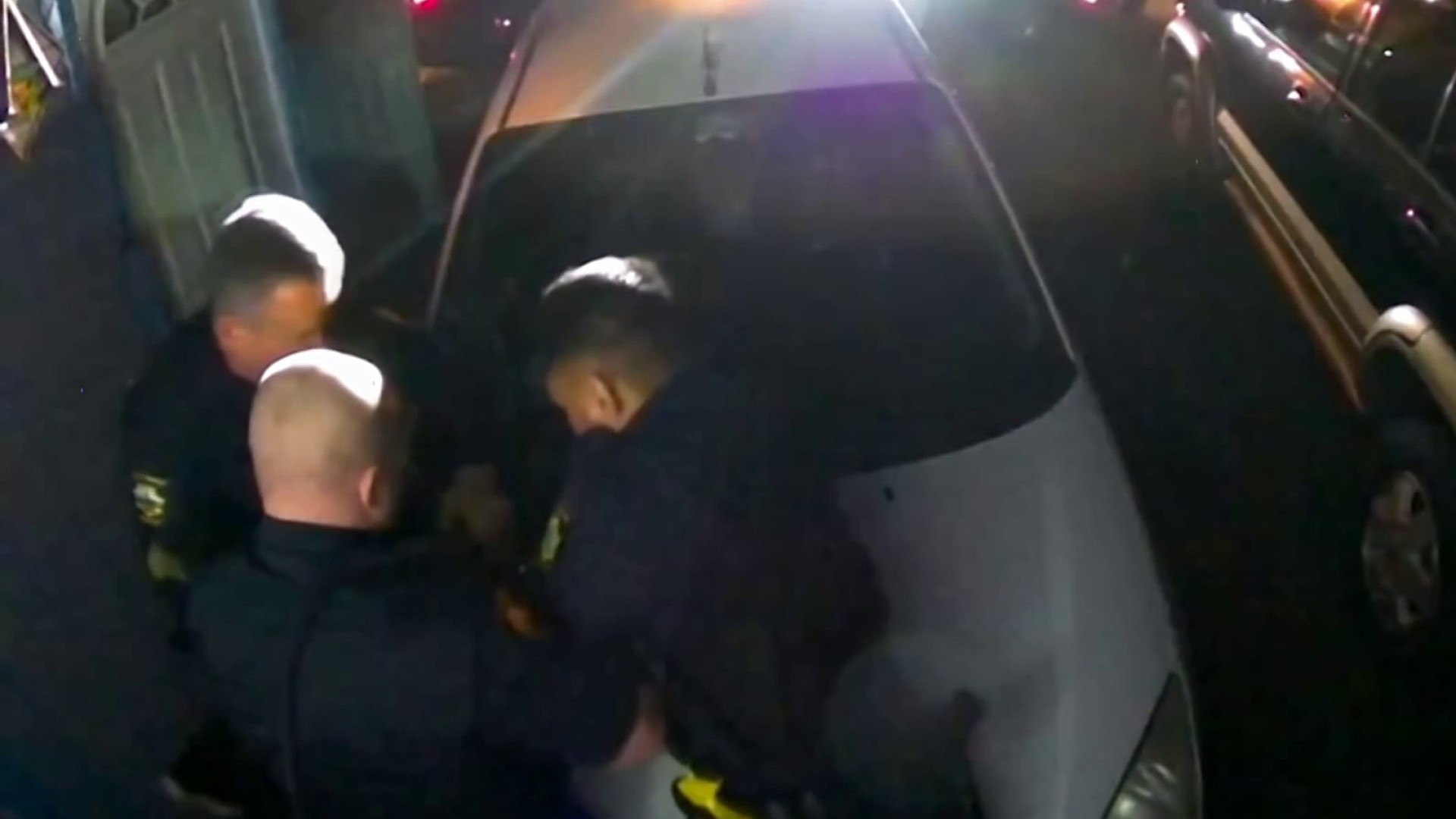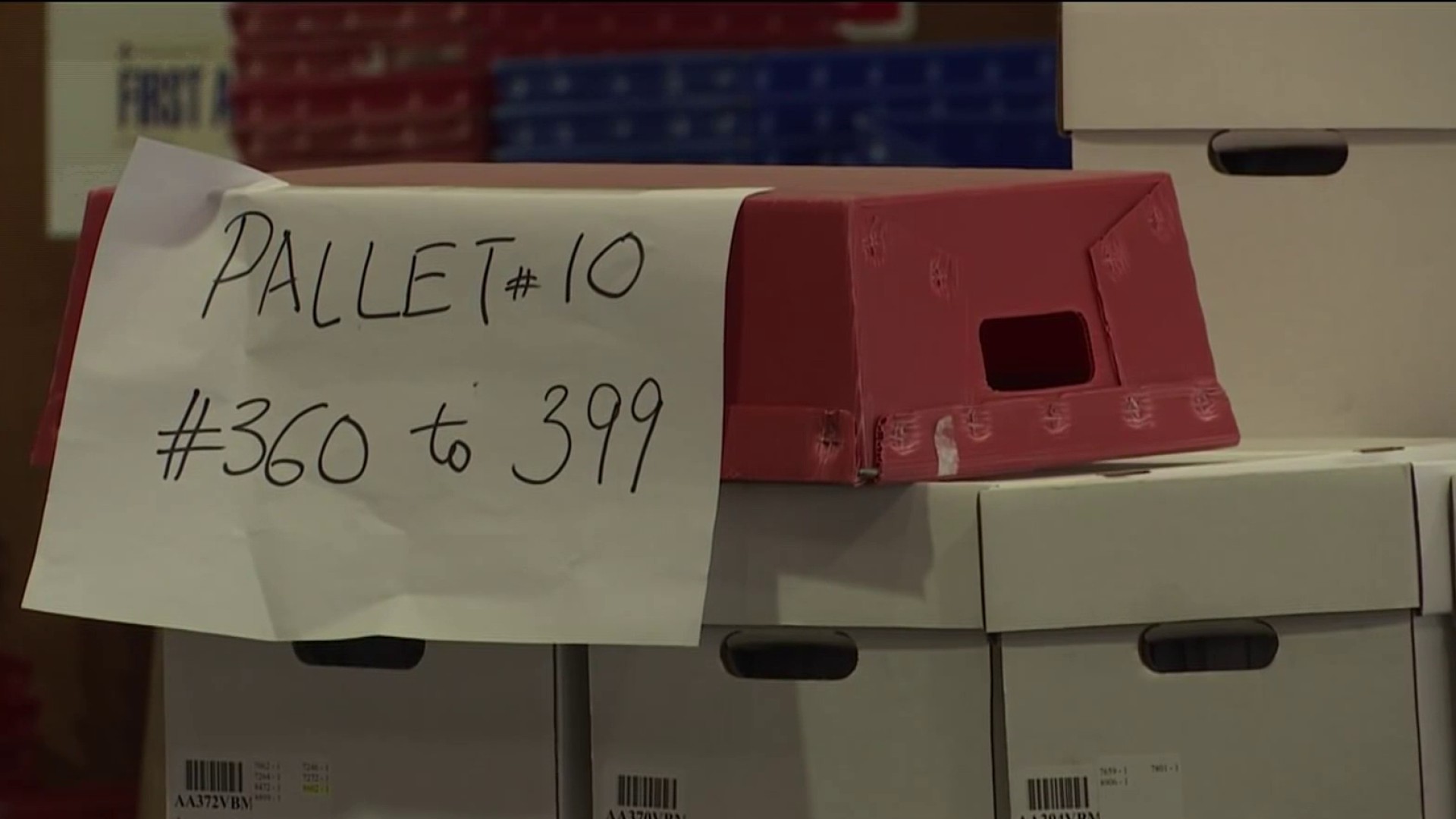Worn down chair lifts, bare patches of ice, illegible warning signs, and exposed metal posts – they’re among the more common hazards found at California ski resorts. For years now, ski safety experts have warned that these conditions contribute to serious and preventable accidents when they’re not properly managed by resorts.
It’s a problem that advocates argue could be resolved if ski resorts were required to develop a safety plan outlining a resort’s accident prevention methods that is both detailed and available to the public.
Bob Roberts with the California Ski Industry Association maintains that safety is always a priority at California ski areas.
“The resorts have safety plans which are germane to what the skiers and snowboarders are interested in,” Roberts said.
He added ski resorts already maintain detailed and voluminous safety plans.
Roberts said visitors "can see them at the resorts."
NBC Bay Area went undercover at seven Tahoe area ski resorts (Northstar, Heavenly, Boreal, Squaw Valley, Alpine Meadows, Sugar Bowl) and asked to see their safety plan, detailing the resorts’ signage policies, boundaries, trail designs, impact protection policies and safety measures.
Local
Employees at every resort NBC Bay Area visited said the requested information was not available. Instead, they handed out pamphlets outlining how the skier can take responsibility to prevent accidents.
One employee told NBC Bay Area to Google "skiers responsibility code" when asked to see the resort's safety plan.
Longtime skier and former marathon runner Jon Gelb said it’s not surprising NBC Bay Area was unable to review the safety plans.
In 2011, Gelb was injured in a ski accident at Mountain High Ski resort in Southern California when he was launched off of a jump.

“I just remember seeing the tips of my skis in front of me and I was launched into the air, Gelb said. “I never saw it.”
He believes the resort should have posted warning signs or markers notifying skiers there was a jump on the slope.
“I landed flat on my back on packed ice, which is almost like concrete,” Gelb recalled. “I had in fact broken two vertebrae in my thoracic spine.”
Gelb is currently suing Mountain High claiming that better planning and warning signs could have prevented his accident.
Mountain High responded by stating:
“Mr. Gelb is seeking monetary damages and we disagree with his representation of events. We will not comment further as we do not comment on active litigation. “
Several state bills have been introduced that would have required California ski resorts to make their safety plans readily available, including the most recent effort in 2013, but all attempts failed to become law.
After failing to obtain a single safety plan at a resort, NBC Bay Area again reached out to Mr. Roberts to ask how the public can review these safety plans and ensure that resorts are managing hazards.

Roberts pointed out that the majority of California resorts are on public land and are regulated by the U.S. Forrest Service.
“Our ski resorts do prepare detailed and voluminous safety plans that are reviewed by the government,” Roberts said in an email.
Still, Gelb said he’d like ski resorts to be more transparent in their safety measures and argues that safety on the mountain is a shared responsibility.
“I don’t think it’s too much to ask to have some kind of unified standard that resorts can employ to mark these hazards,” he said. “It just seems to me just a simple measure that they can take at a very little cost.”



